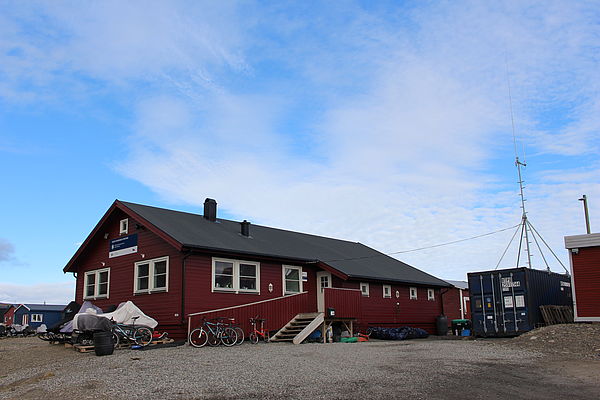
Background
IN0501 | |
Czech Arctic Research Station of Josef Svoboda | |
Arctic | |
Open | |
Station | |
Czech Republic | |
Station | |
2007 | |
March; April; May; June; July; August; September; October |
Introduction
The Czech Arctic Research Station of Josef Svoboda is owned by the University of South Bohemia in the Czech Republic. | |
The Czech research facilities in Svalbard consist of a research base in Longyearbyen called “Payer’s house” and a field camp in the central part of Svalbard in Billefjorden (called Nostoc houses). Field activities are mainly taking place in Petuniabukta in the northernmost part of Billefjorden. | |
The Czech Arctic Research Station of Josef Svoboda is situated in the High Arctic. The mean annual temperature is -6 °C, and the mean annual precipitation is 150-200 mm. Petuniabukta, where the field camp is located, is in the central part of the Svalbard archipelago, which is more continental and drier than the western part. There is a steep elevation gradient in the area (the highest mountains reach 1000 m a.s.l.). Various habitats can be accessed within walking distance in the study area, i.e. sandy beaches, waterlogged tundra, seepages, dry tundra, bird cliffs, lakes, snow-melt and glacial streams, glaciers, etc. Rich wildlife, incl. gulls, kittiwakes, terns, barnacle geese, eiders, reindeer, arctic foxes, and polar bears are present as well. | |
The station in Longyaerbyen was established in 2013. Accommodation is available for up to 16 people, and the station further includes laboratories for standard laboratory work. During the summer season, a field camp located ca. 6 km north of the settlement, Pyramiden, is used. The huts can accommodate up to 12 persons and are equipped with a small laboratory, kitchen, and shared bedrooms. Communication is ensured with VHF radios and satellite phones. Three zodiacs are used for transportation in the Billefjorden area. From 2015 a 15 m motor-sailer (for up to 10 persons, four overnight) will be available. | |
Research mainly focuses on biodiversity and ecosystem dynamics. Relatively long research records on plant ecology, phycology, parasitology, and bioclimatology exist. Today, studies on geomorphology and hydrology are developing in the area. Regular meteorological measurements were established in 2007. | |
The station is located in Longyearbyen with a predominantly Norwegian population of c. 2100 inhabitants. Historically, the population was employed in fishery, hunting, and whaling, later in the coal mining industry. Today, tourism is becoming the main business. The field camp is near the old mining town of Pyramiden, an area with strong Russian influence. | |
There are regular commercial flights to Longyearbyen (3 hours from Oslo). To reach the field camp, local cruising companies organise tourist trips to Pyramiden approximately 5 km from the field camp. It usually takes 5-6 hours to reach Pyramiden from Longyearbyen. There is also the possibility of renting a boat in Longyearbyen from a private company. Reaching the station in a rubber boat requires good weather conditions and calm sea. Distance from Logyearbyen is c. 60 km by boat. |
Operator
University of South Bohemia, Czech Republic | |
Other | |
University | |
Center for Polar ecology, Faculty of Science | |
czechpolar@gmail.com |
Data Source
Alexandra Bernardova | |
alex.bernardova@gmail.com | |
0000-00-00 |
Partner Institution
No |
Location
IN0501 | |
78° 13' 23'' N | |
15° 39' 32'' E | |
European Arctic | |
2 | |
0 | |
1713 | |
0 | |
0 | |
3 | |
200 | |
Ice-free ground |
Climate
Continuous | |
High Arctic | |
Snow and Rain | |
270 | |
4 | |
24 | |
SE | |
01/Sep/11 to 31/03/16 | |
-6 | |
-5 | |
-7 | |
-8 | |
-8 | |
-1 | |
5 | |
8 | |
8 | |
4 | |
-2 | |
-5 | |
-7 | |
June | |
June | |
June; July; August; September |
Features
Biological features; Bird colonies; Coast; Fauna; Fjord; Hill; Ice cap or glacier; Ice shelf; Low artificial light pollution; Moraine; Mountain; Nunatak; Permanent snowpatches; Plateau; Rivers; Rock; Sea; Sea ice; Seal colonies; Shoreline; Snow; Tundra; Valley | |
Polar deserts/semi-deserts;Shrub tundra;Gramminoid tundra;Peatlands;Wetlands;Human settlements or resource use |
Disciplines
Biology; Botany; Climate studies; Climatology; Climate change; Ecology; Entomology and parasitology; Geology; Geomorphology; GIS; Glaciology; Hydrology; Limnology; Mapping; Marine biology; Medicine; Microbiology; Paleoecology; Paleolimnology; Soil biology; Soil science; Terrestrial biology; Zoology |
Human Activities
Yes | |
Yes | |
Yes | |
Yes | |
Yes |
Infrastructure
IN0501 | |
120 | |
30 | |
Biology; GIS; Scientific diving | |
0 | |
40 | |
12 | |
Yes | |
Yes | |
Fossil fuel | |
400 | |
24 | |
No data |
Staff Capacity
2 | |
2 | |
2 | |
2 | |
12 | |
0 |
Scientific Equipment
Climate stations, GPS, basic laboratory equipment, different surveying equipment, diving equipment, coring device, OTC, etc. | |
temperature, precipitation |
Medical Facilities
No | |
0 | |
Non-medical trained person | |
0 | |
0.5 | |
0 | |
0 | |
0 | |
0 | |
Weapon, VHF, safety beacon | |
Flare gun, first aid kit | |
Yes | |
No data |
Vehicles
rubber boats, research vessel | |
car, bicycle, snowmobiles |
Workshop facilities
ICTS (Staff available to assit with constructions) |
Communications
Computer; E-mail; Internet; Printer; Satellite phone; Scanner; VHF |
Access
IN0501 | |
Air; Land; Sea |
Aircraft landing facilities
0 | |
0 | |
0 | |
Yes |
Transport and freight
Airplane; Car; Ship | |
0 | |
March; April; May; June; July; August; September; October | |
0 | |
January; February; March; April; May; June; July; August; September; October; November; December |
Access To The Facility
Yes | |
czechpolar@gmail.com, ssf@rcn.no |
Pictures
 Containers (Credits:Jan Kavan) |
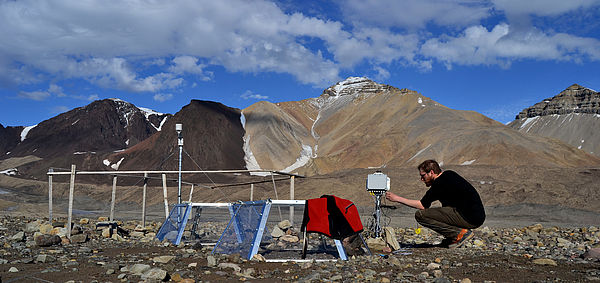 Field work - chambers (Credits:Jan Kavan) |
Flowtracker (Credit: Jan Kavan) |
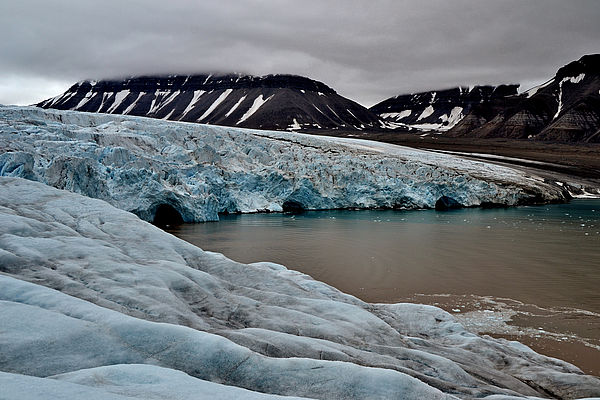 Nordenskiold Glacier (Credits: Jan Kavan) |
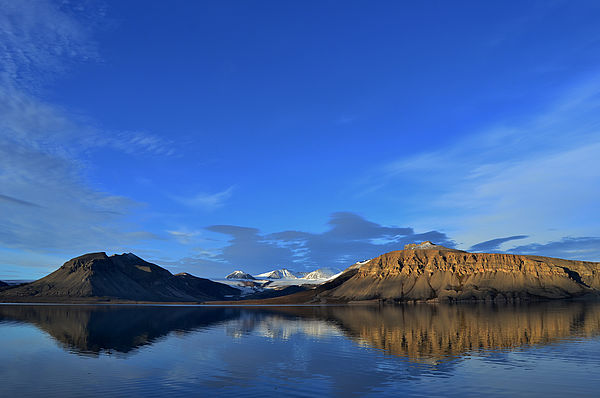 Petuniabukta landscape (Credits: Jan Kavan) |
 Supraglacier (Credits: Jan Kavan) |
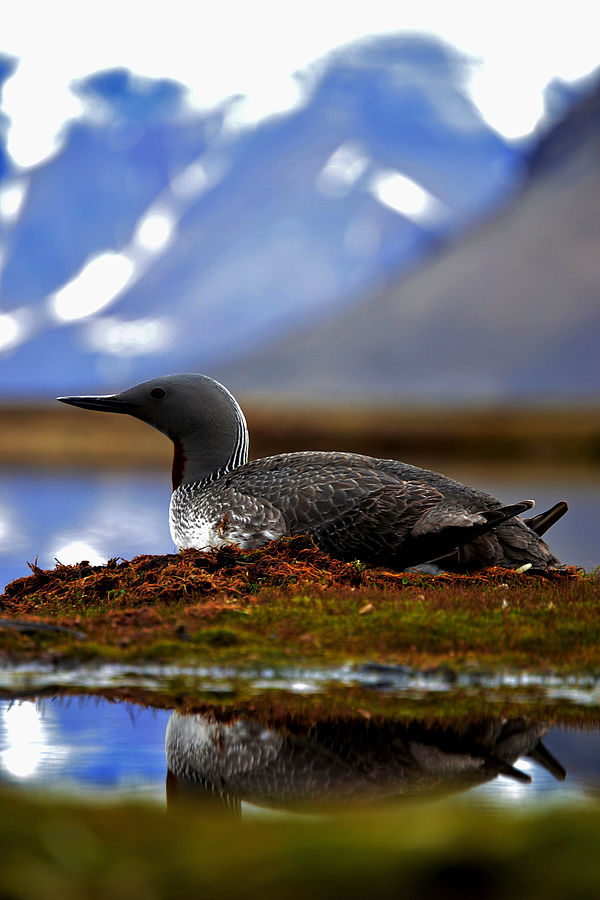 Wildlife-Gavia (loon, Credits: Jan Kavan) |
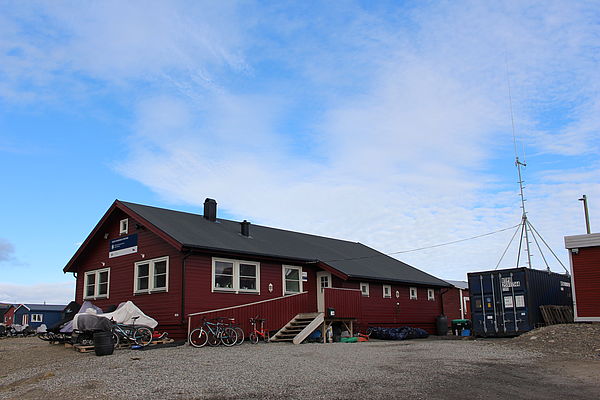 Payers house - Longyearbyen Credits: Jana Kviderova |
 Nostoc houses Credits: Jakub Zarsky |
